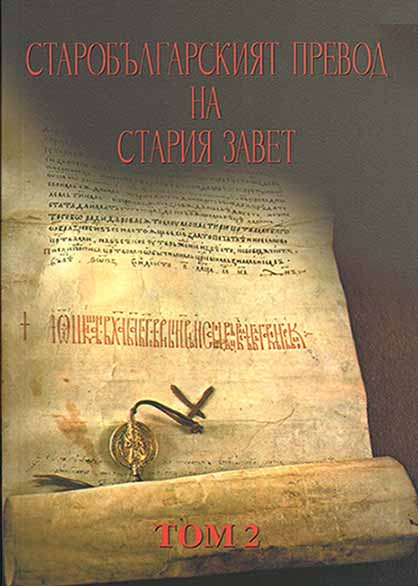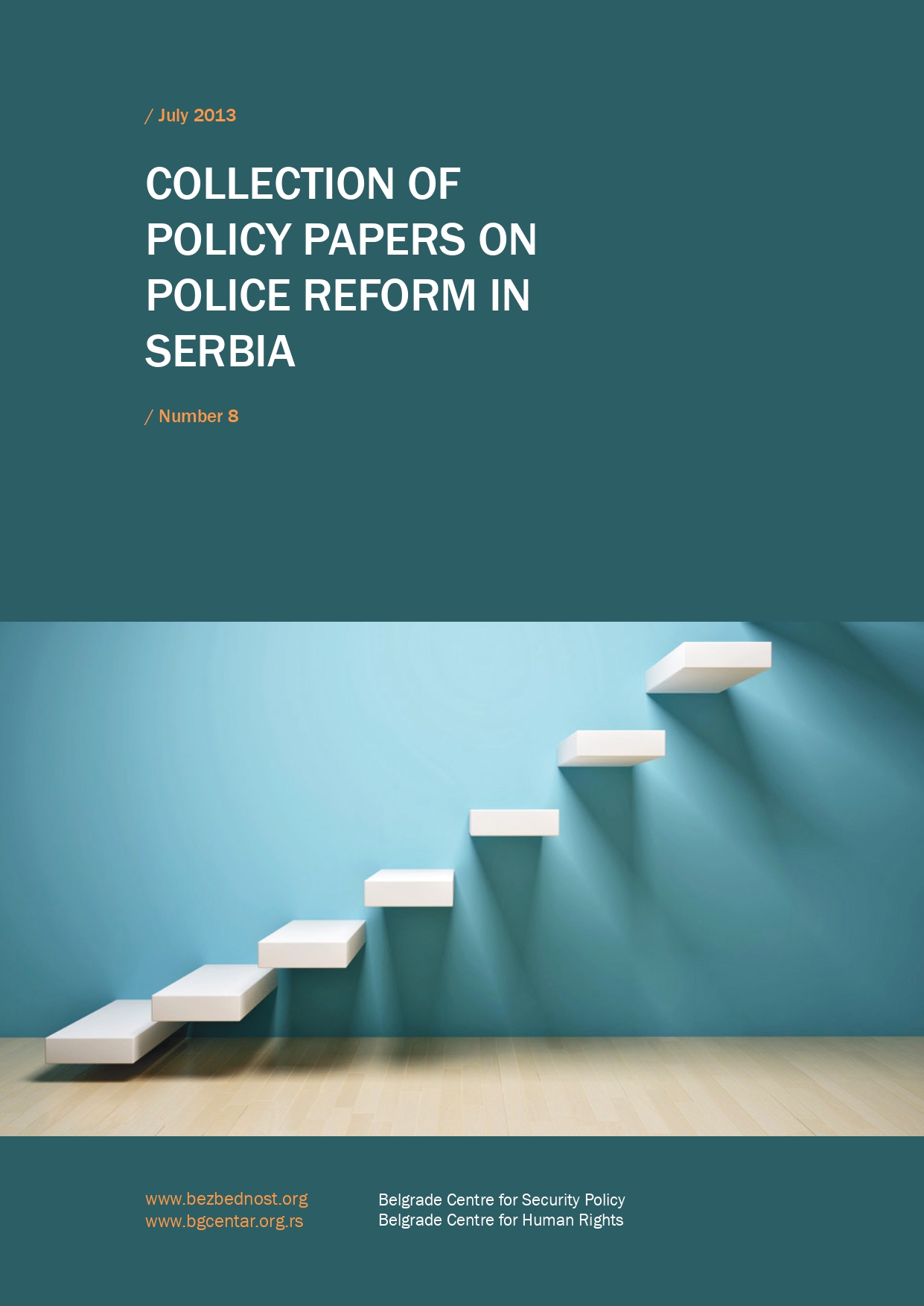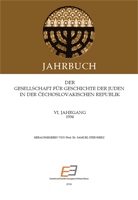

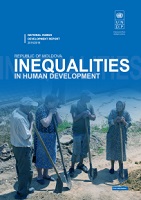
Instead of an Abstract/Summary here, please refer to the Introduction PDF-file which includes the Executive Summary. Thank You.
More...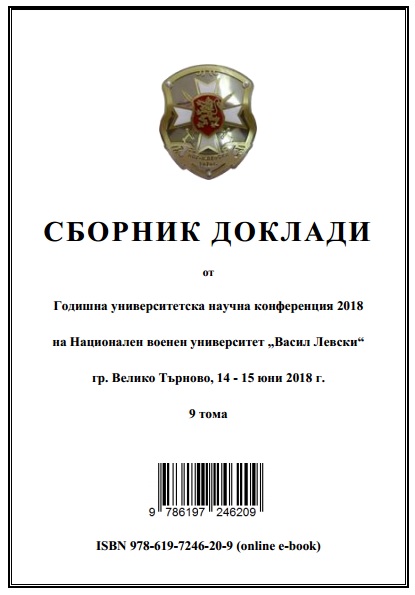




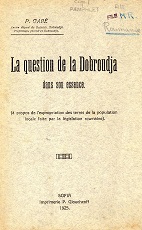
The author, P. Gabé, has been deputy of the Baltchik region (Dobrouja) and land-owner in the region. The booklet has been published in Sofia in 1925 by »Imprimerie P. Glouchkoff«
More...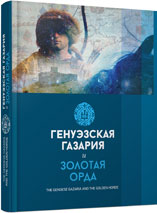
Keywords: Venice; Persia; 15th c.; Giosafat Barbaro; international relations; embassy;historical geography;
This is the first complete publication of the Russian translation, with comments, of the Journey to Persia by the 15th century Venetian public figure, diplomat and traveler Giosafat Barbaro. He headed Venetian embassy to the Persian shah Uzun-Hassan. The discussed travel account was written in late 1480s — early 1490s as a narration of this embassy, during which Barbaro had to make a long and eventful way through different cities and localities of the Mediterranean, Ottoman Empire and Persia. Besides, he provides some details on the countries he had never visited — India and China. Journey to Persia is a valuable source on history of international relations, historical geography, ethnography, economy and culture of medieval Persia and other Oriental countries. The article contains parallel Italian original and Russian translation texts.
More...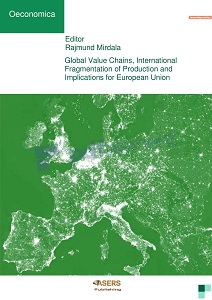
Keywords: vertical division of labor; fragmentation of production; commodity chains; global value chains; networks; added value in exports;
The main objective of the chapter is to present the basis and development of global value chain and the reflection of this issue in publications in the literature from the time when commodity chains began to change the nature of relations between suppliers and buyers from different countries till present. It explains how and why the fragmentation of production has contributed to the strong interconnectedness of the countries and how different authors and institutions responded to this development. Their approaches and characteristics are summed up according to stages and commodity chain (CC), global commodity chain (GCC) and global value chain (GVC) theories.
More...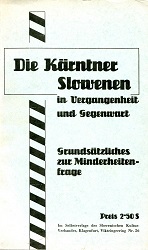
Keywords: Minorities; minoritiy language in school; ethnic identity;
More...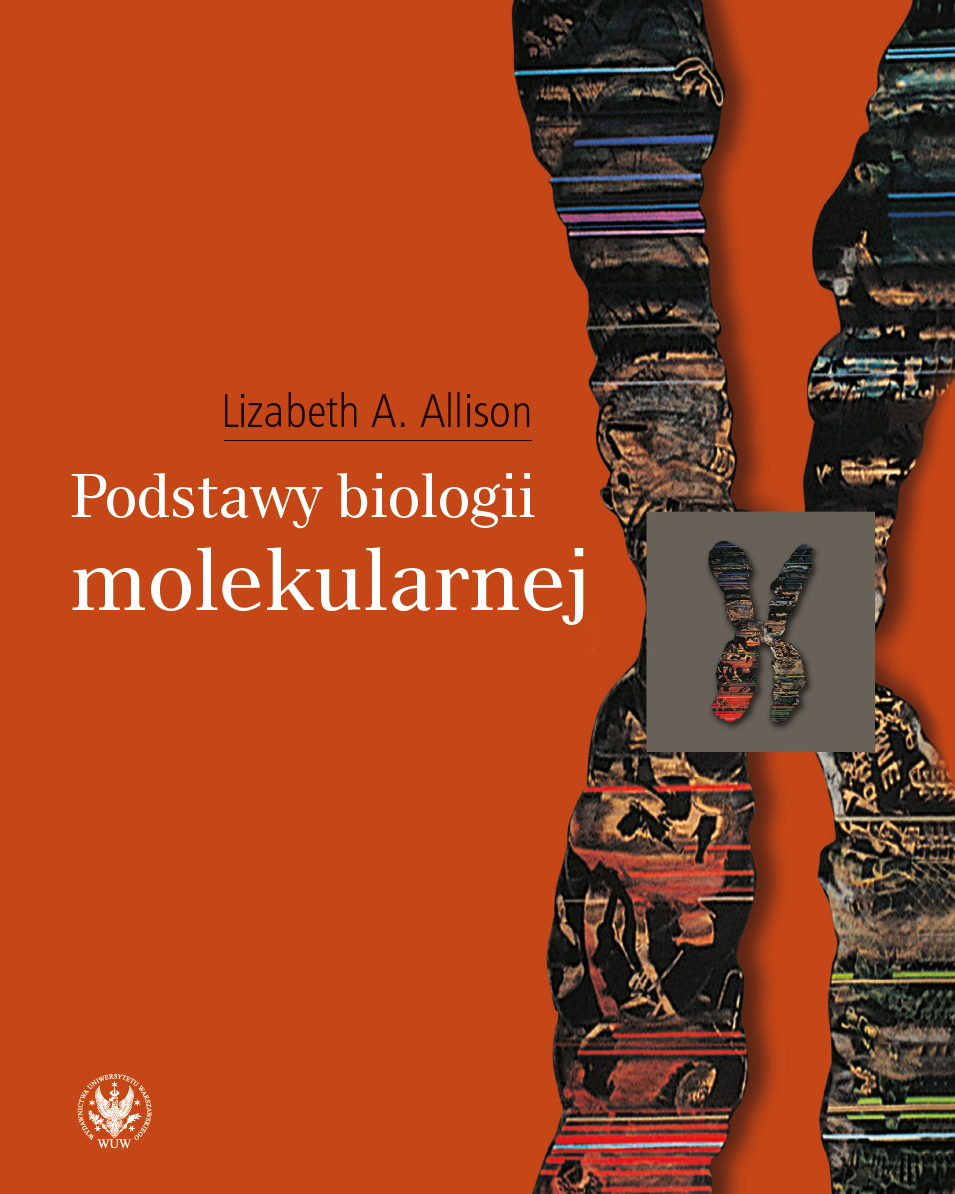
Keywords: molecular biology; genetics; gene; DNA; RNA; genome; protein; inheritance; medicine
Academic textbook presenting topics from the field of molecular biology. The author discusses fundamental concepts and processes from genetics, such as siRNA, genomic imprinting, structures of DNA, RNA, RNA as catalyst, etc. She presents the key methods and techniques of molecular biology. The textbook includes a description of human genetic diseases, which are caused by dysfunctions of particular processes taking place in the cells. The text is illustrated with numerous photographs, diagrams and figures.
More...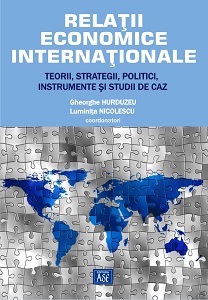
Keywords: international business; international economics; international management; international marketing; international finance
The volume has 22 chapters organized in four thematic parts: the first part includes elements related to the world economy system in the context of international economic relations, international organizations and global governance. The second part looks at the international environment and how this influences the international activity of a company. The third part focuses on the organization that operates at international level and how specific activities are conducted (negotiations, contracting, management, marketing, foreign trade operations, risk management and others). The last part, the fourth looks at recent challenges in the internationalization, such as innovation, technology, intangible economy and lobby.
More...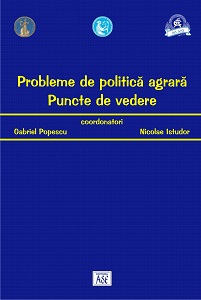
Keywords: economy; agrarian policy; land market; property relations; agricultural association and cooperation; rural economy; rural development; land consolidation; Romanian agricultural economics; agricultural
The volume "Agricultural Policy Issues. Points of view" brings together the opinions of specialists in the field, that reflects the current situation and the stage of evolution of the romanian agricultural sector, as well as the problems encountered in achieving and implementing the economic and productive legal framework of great interest for agriculture and its modernization. This book is a broad scientific event, which treats responsibly the defining segments of the economy and agricultural policy, with emphasis on issues related to the architecture of ownership and exploitation structures, property relations, involvement of the agricultural sector in association actions and cooperation under the influence of new modernization and development strategies subject to the area of scientific debate of the academic and university personalities present at the event. The present research focuses on the perimeter of economics and agricultural policy, addressing important strategy points, which capitalize on the scientific knowledge of specialists and decision-making bodies that forms the pyramid of romanian society, whose opinion completes a set of synergistic actions for efficiency and development of agriculture in Romania. The indisputable value of the scientific materials included in the volume can be recognized by the very essence of the debate – the involvement of the act of knowledge in finding solutions and opportunities for solving problems that affect the natural economic course of agriculture.
More...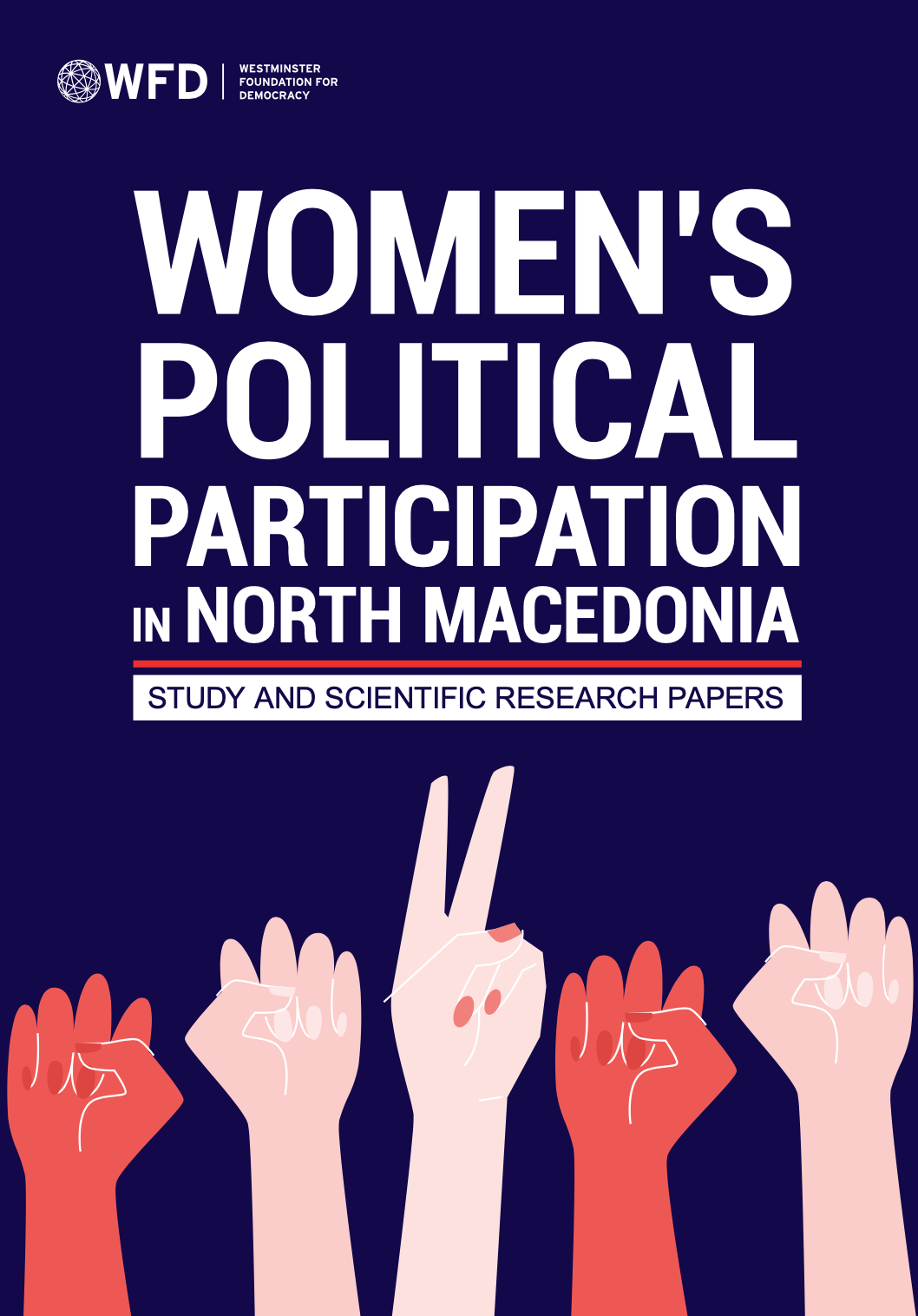
Keywords: women;
More...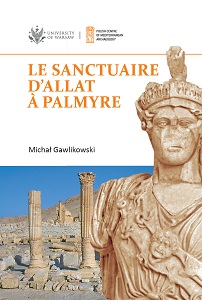
Keywords: Palmyra; Allat; Palmyrene religion; temple; Athena; hamana; inscriptions
In 1975, news of an exceptional discover in Palmyra rapidly made the rounds within the scholarly community. Digging the ruins of a small sanctuary, archaeologists from the Polish Centre of Mediterranean Archaeology University of Warsaw uncovered a very well preserved statue of the goddess Athena, identified in Palmyra with the tribal goddess Allat. This Arabian deity did not hold a leading position in the Palmyrene pantheon, yet was deeply worshipped by the local Arab tribes. The book by archaeologist Michał Gawlikowski, the excavator who made the discovery and lecturer at the University of Warsaw, eminent scholar and expert on Palmyra and its antiquities, brings an in-depth study of this statue, set in a detailed examination of the architectural evidence for the sanctuary itself, which existed from the 1st through the 4th century AD. The author reconstructs successive stages in the development of this cult place and the respective architectural decor. The volume, in French, is an excellent example of an interdisciplinary approach to the study of archaeological excavation data, compared and critically analyzed in the context of a discussion on epigraphic and numismatic sources, reaching also into the fields of art. history and religious studies.
More...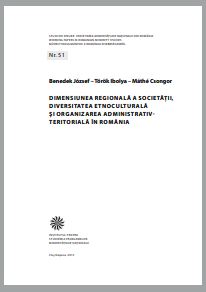
Keywords: Romani study; Roma education; Romania; 1990-2012; University level education; Roma identity; School education;
The achievements in Romania regarding education for Roma are, of course, undeniable, those related to the identity reconstruction through the study of the language in the institutional system are also world-leading, the measures to promote and form a proactive Rroma intellectuality are good. Undoubtedly, the many human resources formed and present in the educational system are more than necessary, the impressive working tools for teaching Rromani from the kindergarten to the university level are obvious, the 10-13% Roma students studying in mother tongue Romani and over 7-11% Roma students in the general number of preschools and pupils in the pre-university system who attend school and assume indifferent Roma identity impress in a pleasant way etc., therefore, they all speak for themselves, both quantitatively and qualitatively. With all these unprecedented gains, however - relative to the large number of Roma in Romania (possibly two and a half million, with and without Roma identity assumed continuously) - there is still much to be done so that we can speak of more than 2-3% of high school students with a Roma identity assumed by a percentage of Roma children in grades I-IV higher than the current one (13%) and who do not decrease, as at present, to grades V -VIII (9-11%), let's talk about the presence of more than 10%, as now, of Roma preschoolers compared to the other 90% of preschoolers among other ethnicities, we can have many more kindergarten classes and classes primary education to fully study in their own Rromani language, to register as few segregated classes as possible and to find as few discretionary attitudes fromschool administrators and local authorities when talking about co-opment, (Roma inspectors, Roma executives, Roma school mediators, Roma teachers, Roma educators and teachers, Roma school counselors, etc.), and last but not least, when we will learn to be more empathic and better living and promoting diversity (linguistic / cultural / ethnic / historical / religious / physical / gender).
More...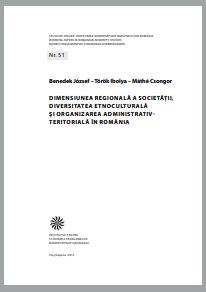
Keywords: Obligatory work; Jews in Romania and Hungary; World War II; Labor service;
This paper proposes to compare the ideological and legal frameworks of the Romanian and Hungarian Jewish labor service system. The analysis brings into focus Transylvania, a territory which was divided between Hungary and Romania in the time of the Second World War. Between 1940-1944 the northern part of Transylvania was part of Hungary, while the southern territories belonged to Romania. This territory split in two had a Jewish population with common characteristics like their Hungarian language and culture and their socio-cultural background. However, their fate in the time of the Holocaust were totally different.
More...